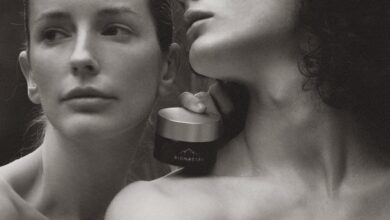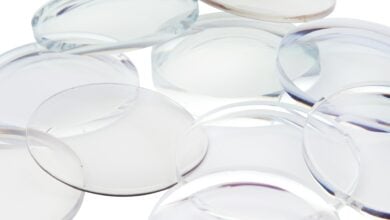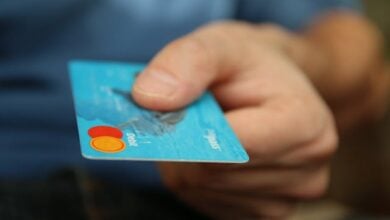Water constitutes about 71% of earth’s surface and is without questioning essential for every creature. Life on earth won’t be possible without water and that’s what makes water conservation so pertinent, which involves all activities and actions aimed at stopping unnecessary wastage of water.
If this sounds “not so alarming” to you, what about the fact that only 1% of water on the surface of earth can be considered as safe and drinkable. This makes water perhaps the most precious resource needed not only for the survival of humanity, but for the survival of the whole planet.
Significance of Water Conservation
Research tells us that humans can go without food for about two weeks, but no more than 3 to 4 days when it comes to living without water intake. Not only humans, but all living beings including animals and plants need water for their survival and growth.
If we end up consuming the total supply of safe water on earth, this might lead to an unbalanced ecosystem. If you are wondering how generous water consumption by an individual like you can lead to such a disastrous outcome, consider the impact of hundreds of thousands of people around the world thinking and doing the same way.
Water Conservation Tips for Home
So, let’s have a look at some great ways of saving water at home, ultimately leading to water conservation on a global scale.
1 Do not Use Toilets for Flushing Everything
Make sure to use toilets for flushing human wastes, not everything you feel like disposing off. Flushing seemingly harmless tiny items, such as cigarette butts, empty nail polish containers, facial tissues or other such things only results in wasting unnecessary gallons of water. So, you better start disposing the trash off in a proper way, using trash cans for throwing solid waste.
2 Start Using Low or Dual Flush Models
Whether you know it or not, you can save a significant amount of water by replacing your few years’ old flush tanks with a ULV (ultra-low volume) flush model, which uses no more than 1.6 gallons per flush. A simple step like this can result in cutting your home water usage by about 30%.
Moreover, you can also consider using a dual flush toilet, or a dual flush converter, alternatively, turning your standard toilet into a dual flush toilet. This simple step can result in saving 15,000 gallons of water every single year for an average family.
3 Take Shorter Showers
Research reveals that average human needs shower every second day. However, if you want to take frequent showers, cutting out your shower time can be a good way to save some much needed water. Approximately 20 – 40 gallons of water are consumed in a 4-minute shower. You can contribute in saving water by simply turning your shower off after soaping up. Installing shower timers, which are available quite commonly nowadays, can also help you save water while showering.
4 Improvise Shower Fixtures
The truth is that cutting your shower time is not the only way to conserve water; you can also do so by improvising your shower fixtures. For instance, you can easily install low flow showerheads, also known as restrictors, quite inexpensive as well. “Low flow” refers to the fact that these fixtures use no more than 2.5 gallons of water per minute compared to 5-10 gallons per minute used by conventional fixtures.
5 Check Leakages
Do you know that 20 gallons of water can be wasted per day from a small drip found in your worn out faucet? This means larger leaks can result in wastage of hundreds of gallons of water every single day. What makes it even worse is trying to locate the leaking point. Where spotting some faucet leaks is quite simple, others need much time and effort.
Similarly, leaking toilets and flushes can also be very bad for water conservation. Finding those can also be very tricky. One of the simplest but the most effective ways to do so is by adding a little amount of food coloring in your toilet tank. If you see the coloring show up without flushing within 30 minutes of adding it into the tank, you are up against a leak, which needs to be repaired immediately.
As for locating any hidden leaks in your house, resorting to water meter can be helpful. Take a reading before and after stopping any visible water usage for two hours. If meter shows any progress, it means there’s a leakage to be found and repaired soon.
6 Use Aerators to Supplement Your Household Faucets
One of the cheapest, but most effective ways to boost your water conservation efforts at home is to fit aerators on your household faucets. Where a simple low-flow aerator will help you save water in bathroom, a swiveling aerator will serve you in multiple ways in kitchen water usage.
7 Cut Water Usage in Brushing Your Teeth
An awful lot of people like keeping their tap running while they continue brushing their teeth. It’s unfair to say the least. You can simply wet your brush and use water out of a glass for rinsing your mouth. This alone can save a significant amount of water when done on large scale.
Bonus
These are just a few of the endless ways to start your journey of water conservation at home. Once you decide to contribute in this noble cause, new and innovative ideas will spring up in your mind.
Sometimes, when people buy a new home/apartment or move into one, they are not aware of the situation of water fixtures and pipes running through the property and often face various issues later on.
To avoid such situations, the best way is to resort to the services of a reliable property facilitator like Hua Hin property, who run through thorough inspections of the property before putting it on rent or selling it.
Remember, you’ll continue finding new and better ways of saving water once you make up your mind to do so. So, make sure you contribute in this splendid cause and help others do so as well.
Ricardo Geisert – 25 years old – lives in ohio – loves to write – worked in an editorial team before and now as a freelancer online – has written several ebooks and client work – looks forward for an own editorial company.




